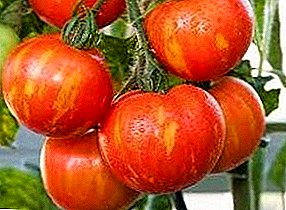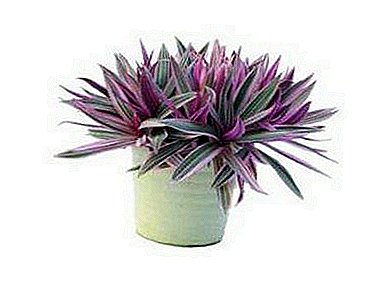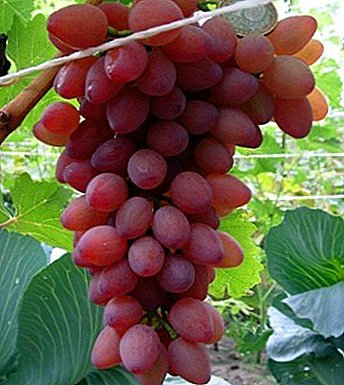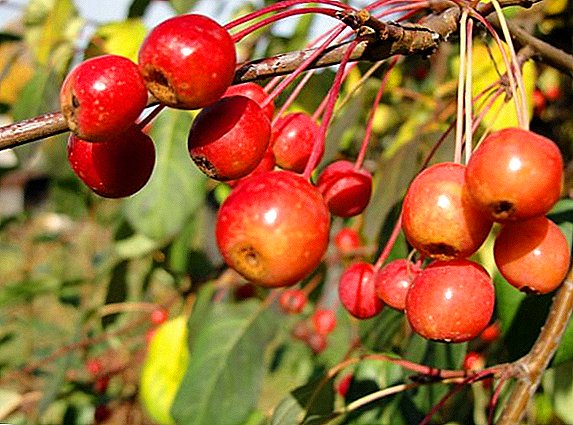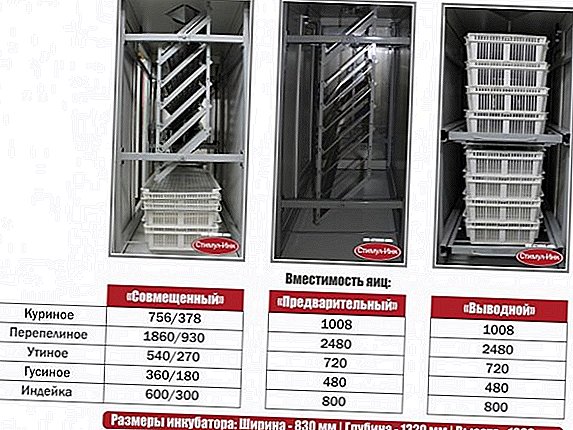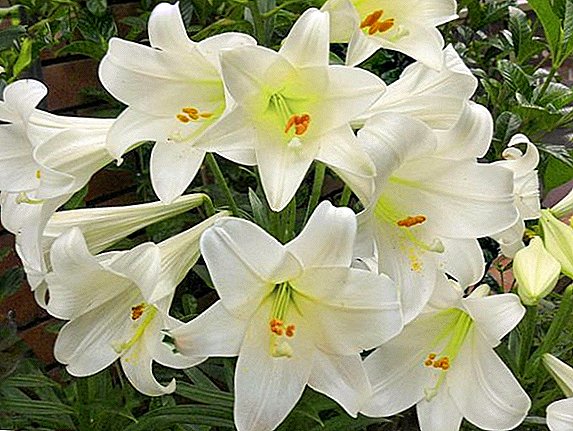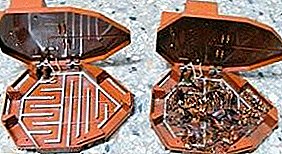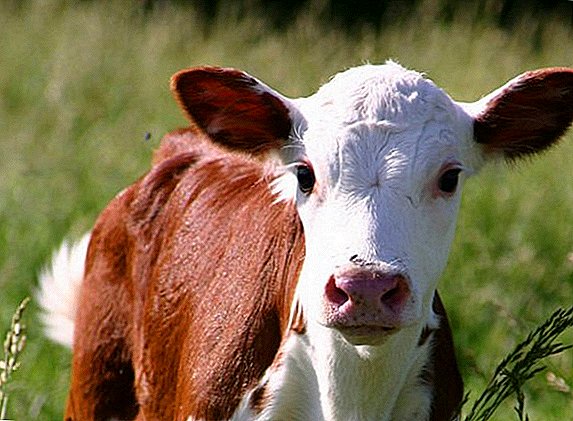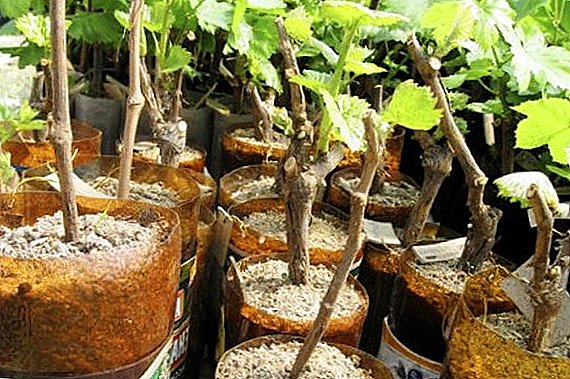 The reproduction of grapes with the help of cuttings (chubukov) is interesting and beneficial in that in this case the new plant will be a copy of the mother bush. This result can only be achieved when the grapes are propagated in a vegetative way, but when they are propagated by seeds, this is simply impossible. Therefore, for many gardeners, the issue of harvesting and storage of grape cuttings in the winter time becomes urgent.
The reproduction of grapes with the help of cuttings (chubukov) is interesting and beneficial in that in this case the new plant will be a copy of the mother bush. This result can only be achieved when the grapes are propagated in a vegetative way, but when they are propagated by seeds, this is simply impossible. Therefore, for many gardeners, the issue of harvesting and storage of grape cuttings in the winter time becomes urgent.
When to start harvesting
The best period for harvesting grape cuttings is autumn. And cut off the seedlings before the onset of the first significant frosts.
Important! When the temperature drops below 5 ° C, the amount of nutrients in vine shoots decreases significantly, so it is recommended to harvest chubuki before this moment, so that the seedlings are as rich as possible with all the elements necessary for future growth.It is difficult to specify specific dates, since in different regions the period of the onset of the first cold weather is not the same. The main reference point of the readiness of the vines for harvesting for the winter can be considered as falling leaves in the autumn. In most regions, this occurs at the end of September or in the first half of October. However, in the northern regions of the leaf fall is not at all indicative - there is a cooling down much earlier, and the trees simply do not have time to drop the leaves before the onset of the first frost.
 Harvesting the vine must be done in the autumn period. In order not to miss the necessary moment when preparing the chubukov, it is recommended to take into account the climatic features of your region and to monitor the weather forecast and the deciduous processes in advance.
Harvesting the vine must be done in the autumn period. In order not to miss the necessary moment when preparing the chubukov, it is recommended to take into account the climatic features of your region and to monitor the weather forecast and the deciduous processes in advance.Learn how to plant grapes cuttings in the fall.
It is permissible to cut cuttings before the first December frosts - the main thing is that the temperature does not fall below -10 ° C. In this case, the vine still does not have time to completely lose nutrients, but it will also be hardened at low temperatures.
The time frame of such a temperature regime in different regions may vary, therefore it is necessary to take into account the peculiarities of its climatic zone. However, the sooner you cut the cuttings, the greater the number of living buds on them. The eyes are quite sensitive to low temperatures and are easily damaged by frost. Therefore, if you do not set a goal to harden the vine, it is best to prepare the shoots when the temperature is in the range from 5 ° C to 0 ° C.
Important! You can cut shoots for propagation of grapes, starting from the first days of October and ending in early December - just from the moment when the temperature drops to 5 ° C, but will not be below -10 ° C.
How to choose cuttings for cutting
Cut the cuttings carried out only on a well-matured vine. The plant must be perfectly healthy and strong. If there are at least insignificant traces of disease or pests on the shoots, this shrub is not suitable for reproduction.
VIDEO: HOW AND WHEN TO CROP VINE GRAPES Select in advance the bushes that you want to propagate. Decide on the variety, make sure the yield of the plant and its good health. From the beginning of autumn you can mark for yourself bushes that interested you, so that later there will be no confusion.
Get acquainted with the features of planting grapes in spring and autumn.
For cutting chubukov suitable only ripened part of the vine. Check shoots for maturity is very simple, because the difference between the young green branches and already matured is pretty obvious:
- mature shoots have a characteristic dark straw color, while the young parts have a greenish tint;
- on the ripened part, the bark is tougher and rough;
- young green and ripened shoots are very different in their temperature at any time of the year - the green ones are always much cooler in sensations, and the ripened ones are always warm.
Important! A mature vine can be suitable for vegetative propagation from one-year age.But what is not suitable for grafting:
- not ripe and thin grapevine;
- very thick, fattening vine;
- coppice shoots;
- plants that are damaged by fungi and pests;
- Shoots that are too short, or vice versa - too long internodes;
- infertile and barren bushes.
VIDEO: PREPARING A ROD FOR TRAILS Mandatory conditions that must be met grape hubs:
- high yield of the selected plant, its health and maturity;
- Chubuk thickness should be about 1 cm in diameter;
- best of all, if the shoots contain from 5 to 7-8 internodes, although some use only 3-4 buds in length - however, the more internodes, the greater the chances of a plant for successful growth;
- Chubuk made from the middle part of the branch, starting from the 4th eye.
Did you know? An interesting way to test the vine for maturity: the test can be performed using a 1% iodine solution. If the cut of the shoot is dropped into the solution, then in unripe specimens it will remain light green in color, but in mature cuttings it will turn black and purple.Another recommendation for the selection of bushes for grafting can be their location relative to the sun. It is noticed that the plants that grew on the sunny side, then give a stronger offspring. But chubuk with a vine growing in the shade, then germinate poorly and grow more slowly.
How to cut
In order to properly cut the grapes, you must adhere to several basic rules:
- the pruner, which will be cut, must be clean and disinfected;
- the middle part of the branch is cut by 3-4 or 6-8 internodes;

- the lower cut is made immediately under the knot, and the upper cut is made approximately in the middle between adjacent nodes;
- Chubuki need to be completely cleaned from leaves, tendrils and stepsons;
- seedlings must be prepared and processed before storage;
- the cuttings are grouped by varieties in small bunches;
- bundles are fastened with twine or wire and supplied with labels with the necessary information.
 Usually, the first buds near the vines are poorly developed, so the first cut should be made higher (near the tendril or where the clusters were)
Usually, the first buds near the vines are poorly developed, so the first cut should be made higher (near the tendril or where the clusters were)Important! The label on the bundles should not be made of paper, as the paper can cause rot and mold to spread on the shoots. It is best to select labels from materials that are not susceptible to degradation due to moisture. - foil, plastic, metal.
Preliminary processing
Before chubuk grapes go to storage in the cellar, they must pass the preliminary processing.
It is imperative that the cuttings are saturated with moisture before hibernation, then they will grow much better. To do this, cut the twigs simply drop into a container of water and leave them to stand like that for a day.
Then disinfection of chubuk is performed, since there can be a large number of various bacteria and parasites on the shoots. If you do not disinfect, all these microorganisms will actively multiply under conditions of moisture and heat, so they can destroy all the planting material.
 For disinfection, you can prepare a solution of potassium permanganate, preferably an intense pink color. The cuttings are soaked for half an hour in this solution, and then dried in air.
For disinfection, you can prepare a solution of potassium permanganate, preferably an intense pink color. The cuttings are soaked for half an hour in this solution, and then dried in air.
But the most popular method of disinfection is the use of a 3% solution of copper sulphate. Planting material is just dipped into the solution and dried.
Councils for the use of potassium permanganate in the garden and in the garden.
In this processing and preparation of grape cuttings can be considered complete.
Optimum temperature for storage in winter
In winter, cuttings are stored in a fairly cool and humid place. A cellar, a basement, a fridge, a trench or a prikop are quite suitable for this. In this case, the temperature regime should be in the range of 0 ° C to 4 ° C.
When the temperature rises above 6-7 ° C, kidney swelling may begin, which is highly undesirable.
It is believed that the approximation of the temperature to zero mark slows down the vital activity of the shoots, because of which there is a minimum consumption of nutrients that will be very necessary after planting the cuttings for their further growth.
Important! It is considered ideal if no temperature drops occur during the storage of the chubukas, and it is equal to 0 ° C over the entire period.Humidity in the storage area should be 60-90%.
Storage in the cellar
In order to preserve the vine during the winter for its further germination, it is not enough to simply fold the chubuki in the cellar room. There are two main ways of storing chubukov: in plastic bags, as well as in sand or in coniferous sawdust.
In plastic bags
 With this method, you can use not only plastic bags, but also food film.
With this method, you can use not only plastic bags, but also food film.
Before you wrap the shoots in polyethylene, they should be lightly sprinkled with water. After which the bundle is carefully wrapped in film or package. At the same time, it is necessary to make small holes in polyethylene - they will ensure air ventilation.
It is important to ensure that the pipe does not dry out, do not freeze and do not overheat. Periodically they need to be ventilated and sprinkled with water if necessary, if the vine is still overdried.
VIDEO: STORAGE OF GRAPES
In the sand and coniferous sawdust
At the same time wet sand or coniferous sawdust is added to the package with a bunch of vines. So you can significantly reduce the consumption of carbohydrates by the plant and provide shoots with constant hydration.
In addition to storage in polyethylene, the cuttings can also be laid in wooden boxes filled with sand or coniferous sawdust. For this purpose, a layer of this material is laid at the bottom, at least 10 cm thick, grapevine bunches are laid on top, then they are covered with a layer of the same thickness.
It is necessary to organize airing. In addition, about once a month, you need to loosen a layer of sand or sawdust and inspect the chubuki for mold or parasitic damage.
Did you know? The total area of vineyards on our planet is approximately 80,000 square meters. kilometers It would seem that a lot. However, on average, per capita only about 1 kg of table grapes per year, while the body’s annual need for it - almost 10 kg

Where else can you store cuttings in the winter if there is no cellar
Since not everyone has a cellar, we will consider other ways to stock up on your chiboons for the winter - for example, in the pool or in the fridge.
In prikop
This is the easiest way to store chubukov. It consists of the fact that small trenches are dug in the ground into which shoots are laid out, after which they are poured from above with earth.
The trench depth should be approximately 25 to 50 cm. But the length and width are selected according to needs, depending on the number of cuttings and their length.
It is important that the excavated trench is located on a hill; it can be located next to any building. Such an arrangement will provide good ventilation and avoid stagnant melt and rainwater.  Before laying the cuttings, it is advisable to fill the bottom of the trench with a small layer of sand (about 5 cm), then carefully lay out the bunches with the vine, and also pour a layer of slightly wet sand (7-8 cm) on top. From above, the rest of the earth, which has been previously dug out of the trench, is poured.
Before laying the cuttings, it is advisable to fill the bottom of the trench with a small layer of sand (about 5 cm), then carefully lay out the bunches with the vine, and also pour a layer of slightly wet sand (7-8 cm) on top. From above, the rest of the earth, which has been previously dug out of the trench, is poured.
Practical tips on transplanting grapes in the fall.
With this method of storage, it is not necessary to air, shift and check bunches with grape cuttings.
In a refrigerator
This is also a simple method, the only minus of which is the impossibility of storing a large number of chubukov.
Bundles with pins should be wrapped in plastic bags. There must be filled up or wet sand, or sawdust. You can simply wrap the twigs with a damp and clean cotton cloth. Then all this is carefully packed in polyethylene. A small hole is made in the film for ventilation. The bag is then placed in a cold storage room.  Periodically you need to get the cuttings and air them, moisturize dried, remove damaged ones.
Periodically you need to get the cuttings and air them, moisturize dried, remove damaged ones.
Removing and inspecting cuttings in spring
Remove grape cuttings from storage sites in early spring, closer to mid-March.
Each shoot must be carefully examined and checked to see if it is viable. To do this, make a cut. If the vine is fine, then the color on the cut will be light green.
Need to remove unfit shoots:
- darkened;
- too soft;
- too loose;
- changed color;
- with fallen bark.

For those who wish to grow grapes in their area it is useful to know about the healing properties of grapes, its seeds and leaves.Saved chubuki necessarily cut from two sides - top and bottom, while you need to leave at least two buds. The lower section is made immediately after the kidney, but the upper section is slightly higher than the kidney, about 2 cm. In order not to confuse, where the lower section is, and where the upper, lower section is made at an oblique angle, and the upper section is under the right angle.
After the cuttings are extracted, inspected and found suitable for planting, you can begin the process of preparing them for germination.
In general, storing chubuk grapes in the winter is not a big problem. The main thing? so that the cuttings were cut on time and stored in a cool and humid place with a stable temperature regime. Under these conditions, in the spring you can extract from the cellar, prikopa or refrigerator rich planting material.
Reviews



